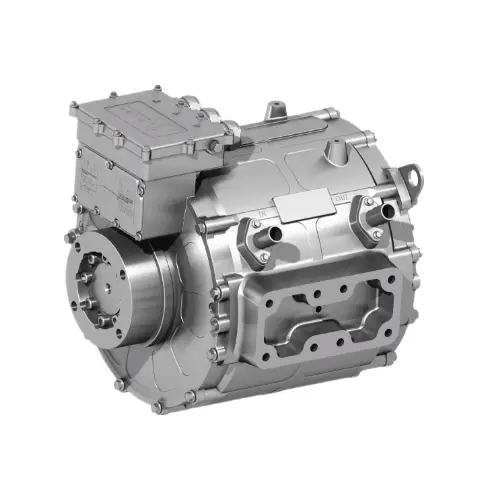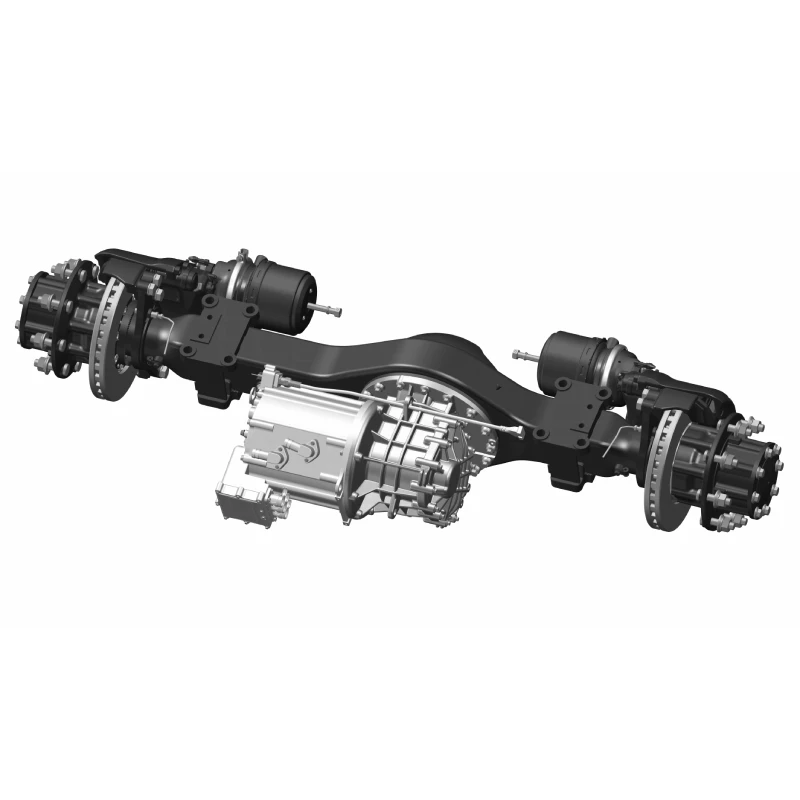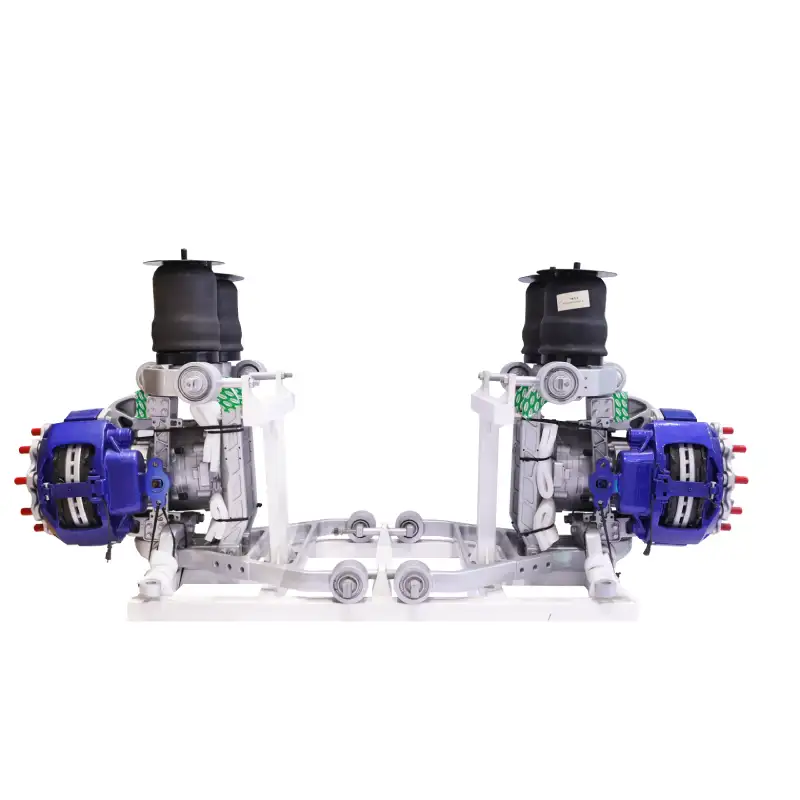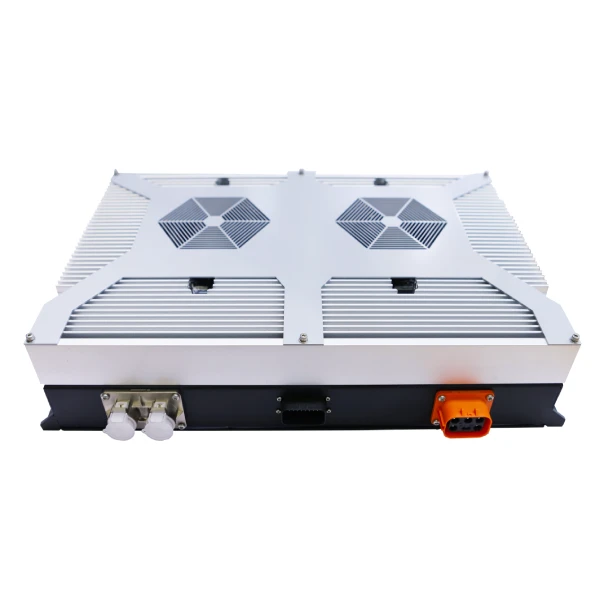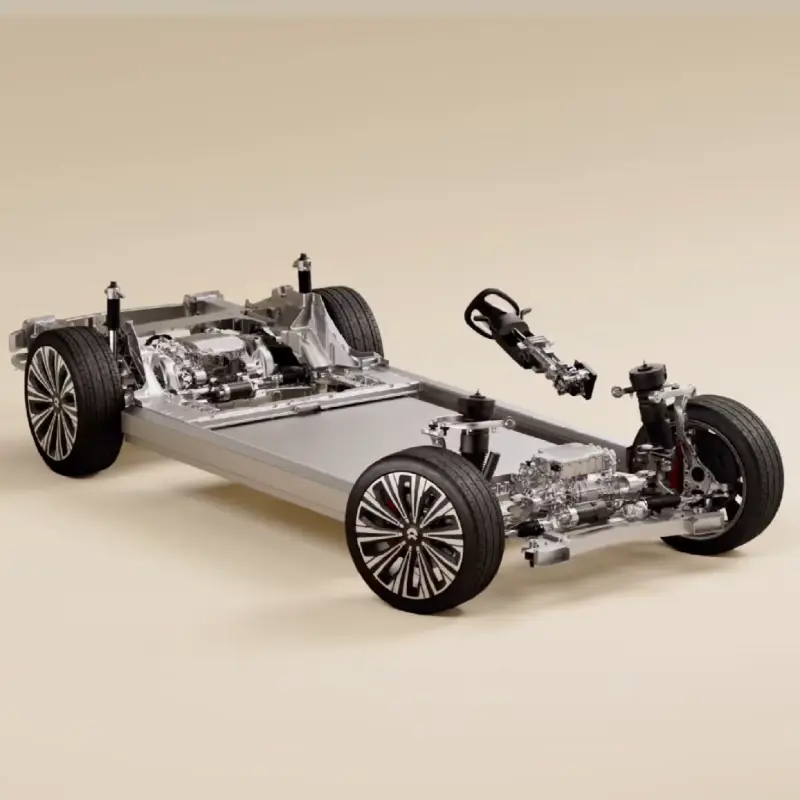Battery Thermal Management for Electric Bus: An Overview
Battery Thermal Management for Electric Buses: An Overview This article explores the structure and working principles of common battery thermal management in battery electric buses (BEB), offering valuable insights for their design. The performance of the traction battery system is a key factor in a battery electric bus’s overall efficiency, range, and reliability. Since battery temperature directly affects performance, lifespan, and safety, a well-designed thermal management system is crucial for optimizing operation and ensuring long-term durability. 1. Different Types of Battery Thermal Management Effective battery thermal management ensures optimal performance and safety by regulating temperature under varying conditions. This includes cooling the battery during high temperatures to prevent overheating and heating it in low temperatures to maintain efficiency and reliability. 1.1 Battery Cooling Methods Battery cooling is essential for maintaining performance and safety in electric buses. The most common cooling methods for EV batteries include natural air cooling, forced air cooling, liquid cooling, and direct refrigerant cooling. The air cooling method features a simple structure, lightweight design, low cost, and no risks of harmful gas accumulation or liquid leakage. However, its drawbacks include low heat dissipation efficiency, difficulty in sealing design, and poor dustproof and waterproof performance. Depending on whether additional devices are used to introduce cooling air, the air cooling system is divied into natural air cooling and forced air cooling: Natural Air Cooling & Forced Air Cooling Natural Air Cooling: It’s a method of utilizing the wind generated by the vehicle’s movement to flow through a diversion pipe and directly cool the battery pack. This approach requires no auxiliary motors, offers a simple structure, and is easy to use. However, the cooling airflow is subject to instability due to fluctuations in vehicle speed, resulting in variable cooling performance. Additionally, air has low heat capacity and thermal conductivity, which limits the efficiency of heat transfer. Natural air cooling is best suited for vehicles with low discharge rates and minimal heat generation in their power batteries. Forced Air Cooling: It directly introduces cabin air, natural air, or external convection air into the battery compartment to cool the battery pack. This cooling method has relatively poor performance, the largest system volume, and a high risk of water ingress. However, it is lightweight, easy to control, has low energy consumption, relatively low system costs, is relatively easy to implement, and offers high process reliability. Liquid Cooling Liquid Cooling: It utilizes convective heat transfer through a coolant to dissipate the heat generated by the battery, effectively lowering its temperature. It’s currently the most widely adopted cooling solution in the market. Compared to air cooling, liquid cooling systems – using coolant as the heat transfer medium – offer significantly higher specific heat capacity and thermal conductivity. Additionally, in low-temperature environments, the system can also provide heating for the battery pack. However, the primary drawbacks of liquid cooling include increased structural complexity, added battery system weight, and higher overall system costs. Direct Refrigerant Cooling Direct Refrigerant Cooling: Also known as direct cooling or refrigerant-based cooling, integrates the battery thermal management system with the vehicle’s air conditioning system. In this approach, an evaporator in the refrigerant loop functions as the battery’s direct cooling plate, simplifying the overall system. It minimizes heat exchange losses, resulting in a rapid thermal response. And the design eliminates the need for a separate battery cooling loop, reducing components like the coolant pump, piping, and chiller, leading to a more space-efficeint, lightweight thermal management system. A comparison of different cooling methods is as follows: Comparison Item Natural Cooling Forced Air Cooling Liquid Cooling Direct Cooling Working Principle Natural air convection Forced air convection Forced liquid convection Phase-change cooling Heat Transfer Coefficient (W/m²K) 5-25 25-100 500-15000 2500-25000 Heat Dissipation Efficiency Poor High High Very High Temperature Uniformity Good without external heat sources, otherwise poor Poor (especially at inlet and outlet) Good Good Installation Environment Adaptability Poor (requires external insulation and ventilation) Fair (dependent on inlet and outlet air structure) Good Good Suitability for High/Low Temperatures Poor (conflict between auxiliary heating/insulation and heat dissipation) Poor (conflict between auxiliary heating/insulation and heat dissipation) Good (capable of both heating and cooling) Poor (requires additional auxiliary heating, difficult to control heat pump) Complexity Simplest Moderate Complex Complex Energy Consumption None High Low (easy to implement insulation) Low (high efficiency) Cost Low Relatively High High (can be optimized) High 1.2 Battery Heating Methods To maintain optimal performance in cold conditions, EV traction batteries require heating. The most common battery heating methods include: Integrated Electric Heating Film: A thin electric heating film integrated inside the battery pack directly heats the battery cells. Performance: Above 0°C: works well, requires no additional space, consumes no energy when inactive, and is cost-effective. Below 0°C: heating efficiency drops significantly, making it unsuitable for extremely cold environments. Advantages: Space savings and easy to implement; low system cost and no additional control needed. Limitations: Ineffective in freezing temperatures, leading to limited adoption in colder climates. Liquid-Based Heating System: An electric liquid heater is integrated into the thermal management system’s coolant circuit to heat the antifreeze, which then circulates to warm the battery pack. Performance: Provides efficient and uniform heating, making it the preferred method in colder regions. Advantages: Compact system design with minimal space requirements; mature and reliable technology with well-established control mechanisms; high heating efficiency, ensuring stable battery operation in low temperatures Limitations: Higher system cost compared to electric heating films. Due to its efficiency and reliability, liquid heating is currently the most commonly used battery heating solution. Comparison Item Electric Heating Film Liquid Heating Heating Characteristics Constant power heating Convective/conductive heating Space constraints (Thickness) 0.3~2 mm Integrated into the liquid heating system Heating Rate 0.15~0.3°C/min 0.3~0.6°C/min Uniformity (Battery Temperature Difference) ≈8°C ≤5°C 2. Structure and Working Principles of Battery Thermal Management Systems To maintain optimal performance and longevity, EV traction batteries in electric buses operate within an ideal temperature range of 25°C ± 5°C, regardless of seasonal variations. In winter, the battery thermal management system heats the coolant to maintain the target

